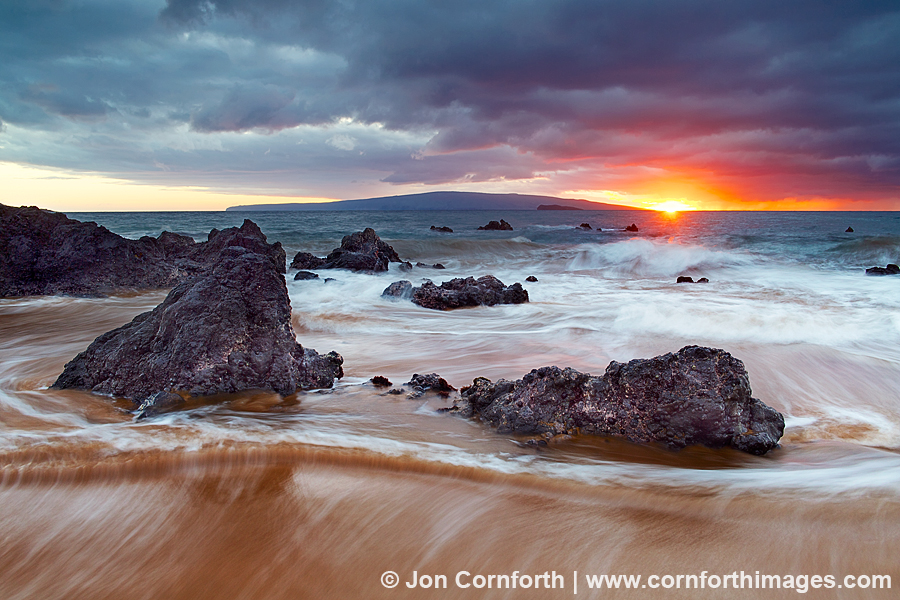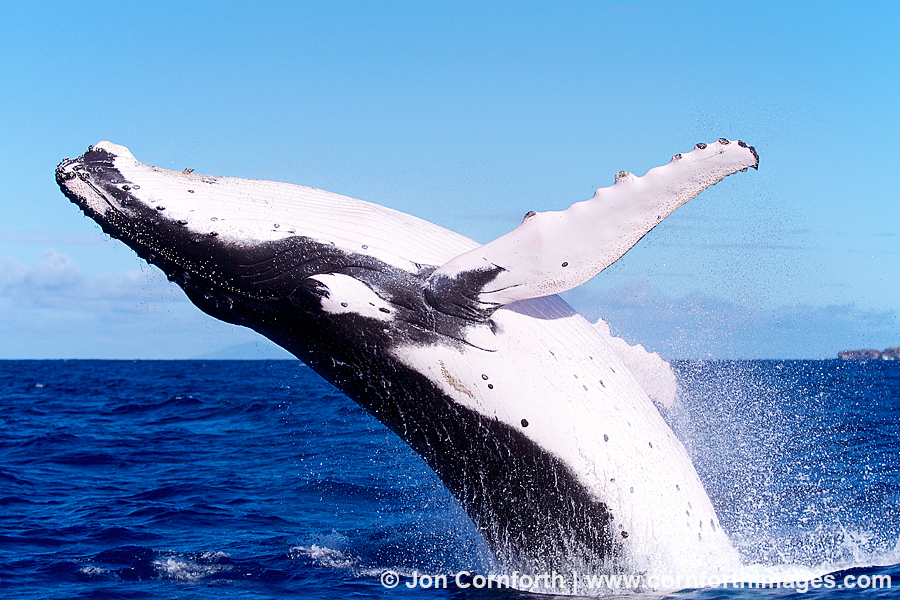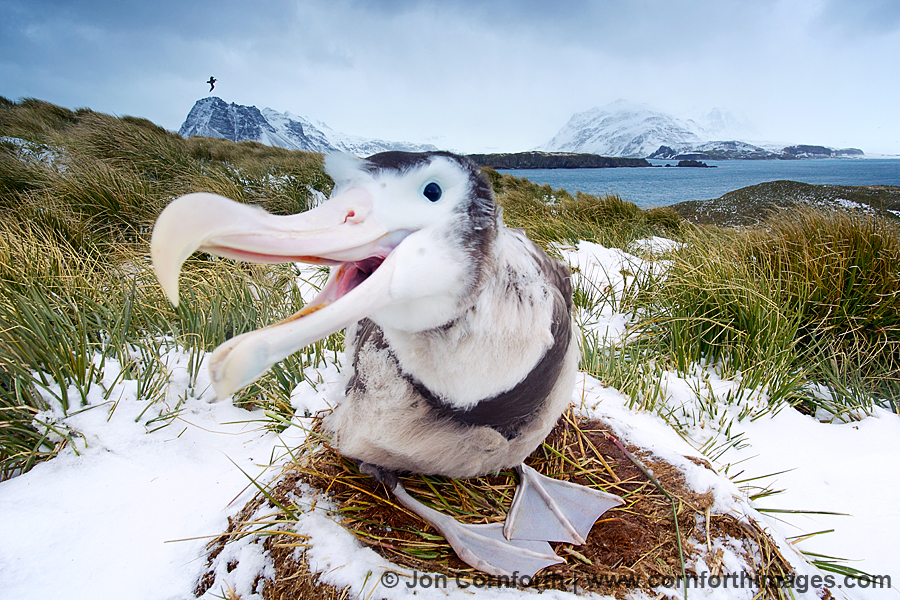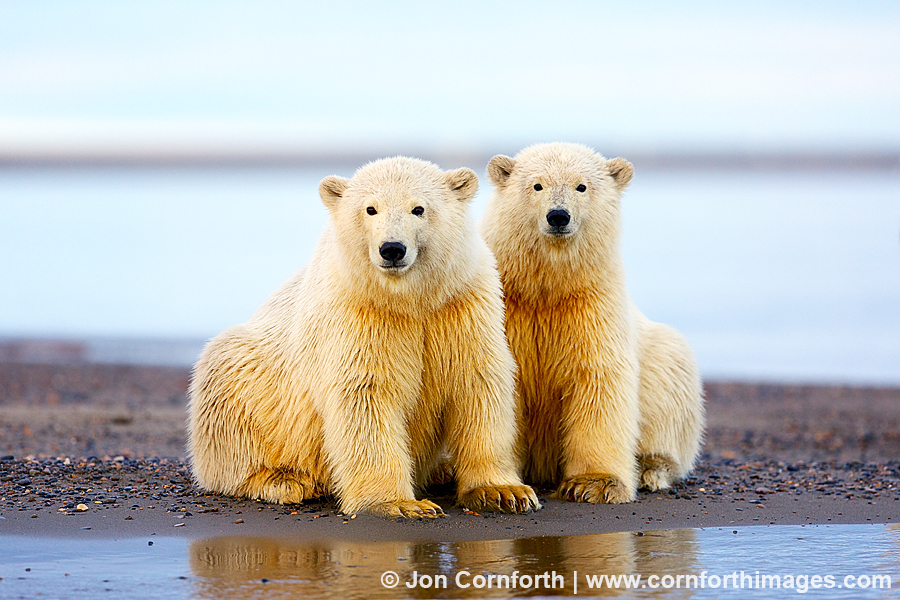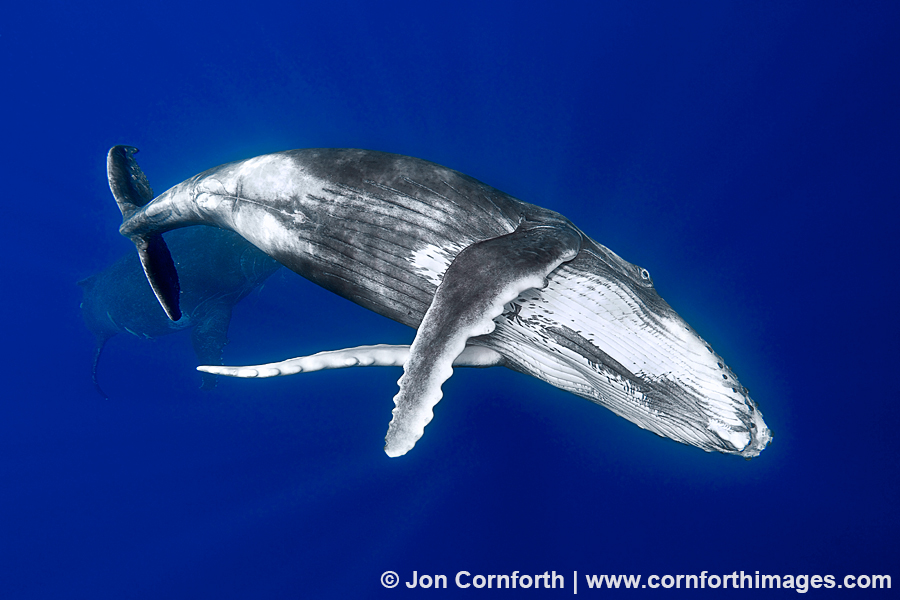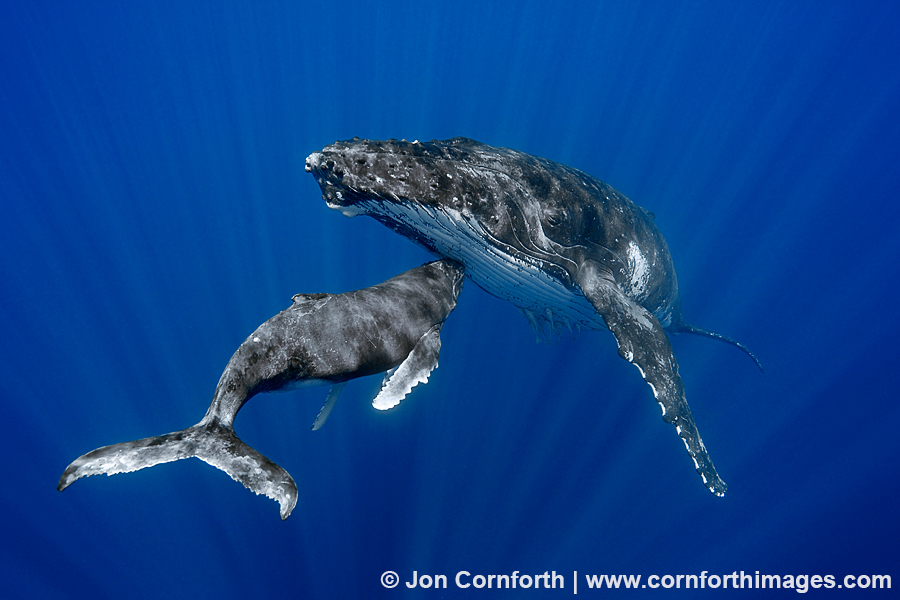
Japanese Macaque 3
Posted onA little over one week ago, I returned from co-leading my Japan Wildlife Photography Tour and have been busy editing my images. This is one of my favorites of a Japanese macaque, also known as a snow monkey, taken at Jigokudani Monkey Park near Nagano. We spent 3 days photographing the monkeys at the famous hot springs where they enjoy soaking in the man-made hot tub. It was a beautiful experience to spend so much time so close to these photogenic animals, but it was definitely not a remote, wilderness experience like I am used to. Fresh snow would have enhanced the photography, but none fell during our visit. So, I spent my time observing and waiting for something interesting to happen. This female was one of the only macaques that dipped her head below the water’s surface while swimming in the pool. When she popped back up, she had this crazy hair dew which I found very compelling to photograph.

